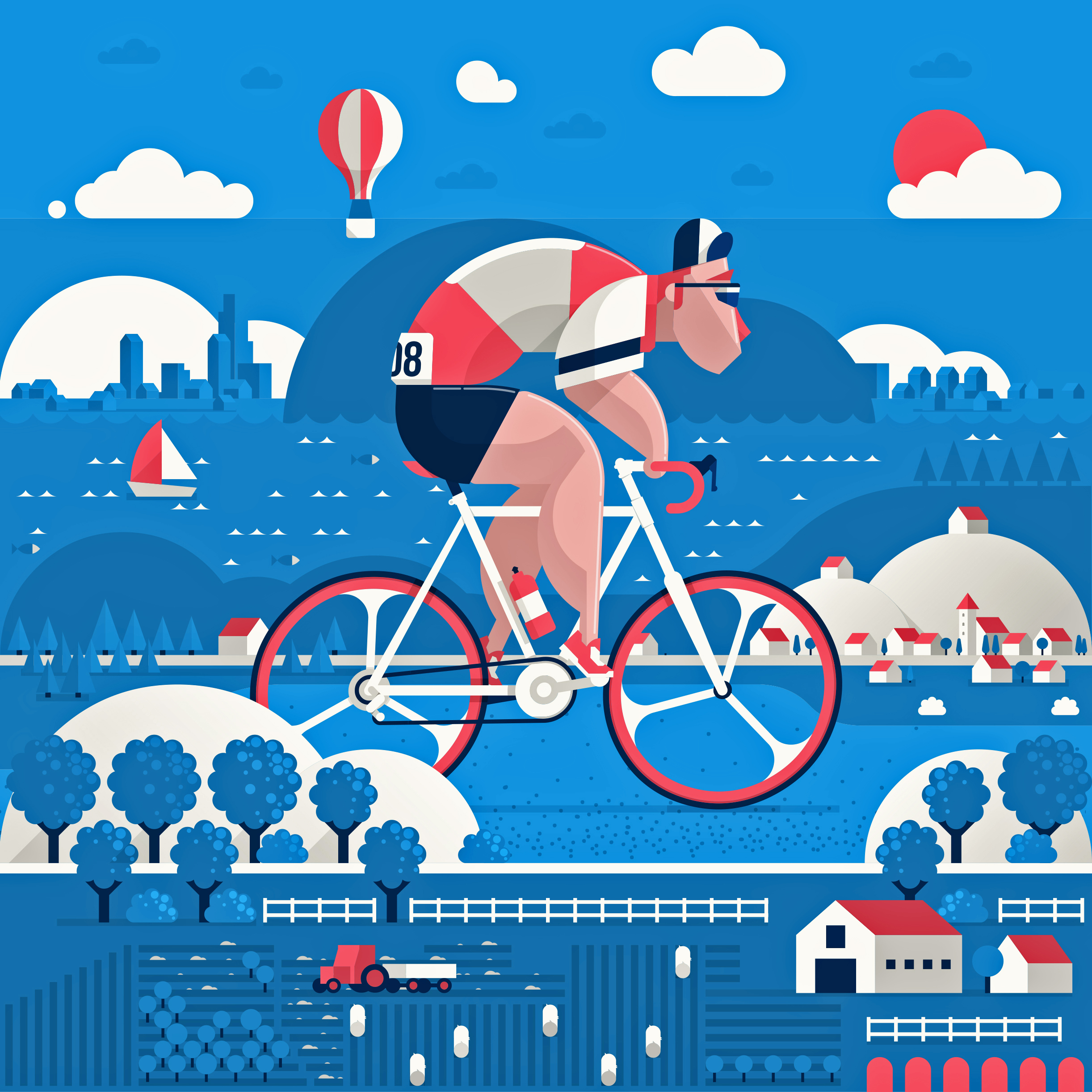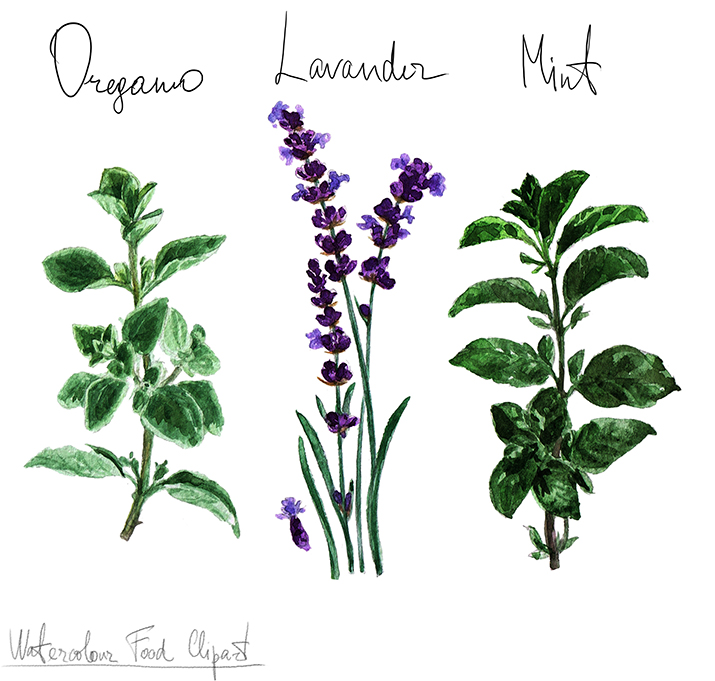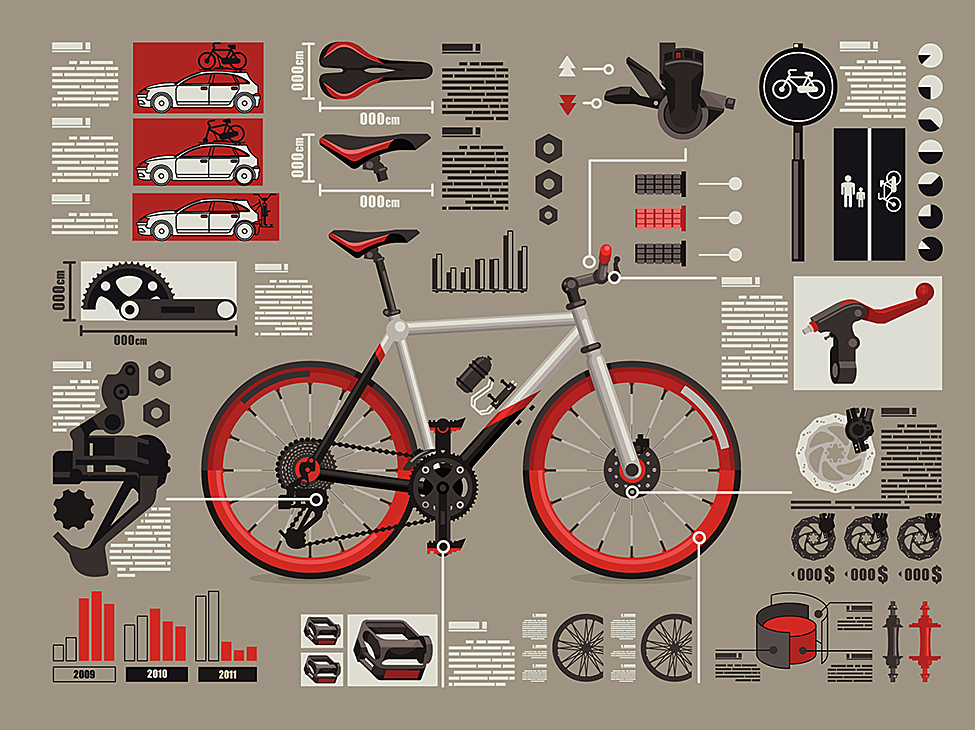Photoshop mockups are images that model your design in a realistic context. Whether you’re presenting your work to a client or iterating, mockups are a helpful tool to show how a design might appear (or be used) in the real world. In five simple steps, learn how to use mockup files like a pro.
Creative Freelancer Blog
Sponsored by Adobe

One of hundreds of Vectors on Adobe Stock by Mike McDonald
What do you say to a side gig that takes up a fraction of your time yet can provide a significant percentage of your income? That lets you work from anywhere — and be super creative and entrepreneurial? And that puts you in front of a global audience and generates regular deposits to your bank account, even during your rare but well-deserved vacations?
Successful designers and illustrators around the world are finding that contributing vectors and illustrations to Adobe Stock can be a very rewarding experience.
A stock contributor, me? Right now, you might only see yourself as a stock purchaser. But if you have the talent and the independent initiative to create a body of work that others will want to use, it can be a profitable side gig with many perks and benefits.

Cityscape infographic by Adobe Stock contributor Robert Filip, who lives in Romania. Elements like people and trucks are grouped so the user can move, copy, or delete them.

Another vector by Filip with elements that can be moved and modified to meet the user’s needs.
You can live and work anywhere in the world.
Adobe Stock contributors live and work everywhere, from London, Rome and Los Angeles to small villages in Eastern Europe. Some of the most successful contributors are based in off-the-beaten-track places like Cluj, Romania. That’s where contributor Robert Filip lives and works, creating icon sets for infographics and images related to travel, sports, and food that are incredibly popular on Adobe Stock. “I mostly work for clients, but in my free time I create works for stock,” he explains. “You can look online and see what’s trending, and a good image can sell over and over again. It doesn’t matter where you are.”
An image you upload once can sell thousands of times.
New Jersey-based graphic designer and illustrator Mike McDonald runs a successful branding studio, but derives about 40 percent of his income from stock sales. Self-taught in the art of making vectors that other designers can customize to meet their own needs, he has been contributing to Adobe Stock for four years and has built up a portfolio of shields, seals, and bold graphic elements that can be used for logo art. “My images sell anywhere from a few hundred times to more than a thousand times on Adobe Stock,” he reports, noting the off-the-chart sales of a set of special-offer labels that’s been licensed 1,800 times.

“Sets sell well,” says Mike McDonald. who runs a design office in a NJ suburb of New York City. Adobe Stock is his side gig. His vectors are made to fill the needs of designers, so that each grouping or “logo” can be selected and used as-is or modified. Individual elements like the crab or hot dog can be ungrouped and used separately

This set of vector labels by McDonald has sold more than 1,800 times.
“It takes time to build a portfolio with images that are in high demand,” advises McDonald. “Some new artists submit 10 or 20 images and get frustrated by low sales numbers. But when you have a collection of 300 to 400 images you can start to look for sales trends, and with over 800 images you can see your sales start to add up to a viable income”
It brings your work to a worldwide audience.
Natalia Hubbert, an illustrator who grew up in a small village in the Ukraine and now lives and works in Houston, Texas, is currently completing a painting commission for a Houston restaurant and starting on branding projects for two California startups. That doesn’t stop her from setting aside a few weeks every year to create and upload 50 to 200 new illustrations—fruits and vegetables, patterns, horoscopes, holiday images—to sites including Adobe Stock, which provide about 50 percent of her income. “Your work is in front of a worldwide audience,” she explains, “and you get a stable income, rain or shine, whether you are working or on vacation.”

Herbs are among the many watercolor food illustrations available in the Adobe Stock portfolio of Natalia Hubbert, who attended art school in her native Russia and now works from a home studio in Houston, Texas.
A presence and established style in the stock world can lead to new clients and commissioned original work.
Hubbert works in two distinct styles, a painterly style in watercolors and a more cartoonlike style with black outlines. “Both of these styles have their audience and bring me stock buyers and new clients,” she explains. Married, with two children, and new to the U.S. when her husband got transferred, she realized that between her stock income and the client assignments it was bringing in, she didn’t need to look for a job. “I can work from home, I can have a flexible schedule and be my own boss!” she says happily.

Hubbert also draws in this more cartoon-like style and has made available on Adobe Stock many pin-up girls in this style.
“My stock work has led me to some incredible client work for companies I never imagined I’d be working for,” McDonald adds. “They see your work in stock libraries and contact you for an original commission. There’s nothing better than that!”
You can specialize in your favorite subjects.
Victoria Novak loves dogs, specifically dogs in costume. Based in Rome, Italy, she is a versatile painter in the old-master style. She has also made a name for herself in the stock world with fanciful images of plants, floral designs, and many, many portraits of dogs decked out in eyeglasses and crowns. “After I made several illustrations in different styles and subjects, I saw that buyers liked my animals the best, so I made them a main subject of my portfolio,” she says. “Although I’m always looking for new ideas, I can stay with my favorite subjects and create them in different styles and formats. Some have sold more than 1000 times.”



A sample of Novak’s many dogs and animals with glasses or in costume. She is based in Rome, Italy.
It provides a stable base of work and income in an uncertain economy.
“For me, Adobe Stock is stability,” asserts Anastasiia Tarasiuk, who posts as Helter-Skelter from her studio in the Ukraine. She paints in oils and colored pencils, doing commissioned portraits and still lifes. “All that a real artist does,” she says playfully. On Adobe Stock, she shows backgrounds, patterns, beach scenes, plants, animals, and holiday images suitable for greeting cards. “With stock, you will be confident in the future, which cannot always be said about working with clients,” she points out.
Adobe Stock makes it easy.
“Adobe Stock is easy for me to work with,” McDonald says. “They do a really nice job with the contributor-experience part of the submission process. Uploading work is fast and easy.”
Robert Filip sums up: “If you’ve never tried stock, you have nothing to lose, and many benefits to gain. You always know what the trends are, illustration-wise, but most important, technique-wise. You can come from any kind of background and be able to sell your art—from complex illustrations to icons to web templates—anywhere and everywhere in the world.”

One of Anastasiia Tarasuik’s painterly illustrations. She posts as Helter-Skelter and credits Adobe Stock for helping her achieve financial stability.

One of many of Robert Filio’s infographics in which the dummy type can be replaced by the user’s message and the elements can be selected and used separately.
:::
If you are interested in bringing your illustrations and vectors to a worldwide audience of buyers, sign up to become an Adobe Stock contributor today – it’s free to sign up! A sweet side gig awaits!
How to Build a Partnership That Works
It's almost impossible to get things done on your own. The best collaborations are built on mutual trust and complementary skill sets, but also a sense of reciprocity that keeps you moving forward in a happy and productive manner.
Demystifying Job Postings: 6 Things to Look For
For creative professionals in search of their next challenge, job postings can quickly start to blur together. Here's how to find a position that suits you.
What Sets You Apart from Your Competition?
If you want to be a successful designer these days, you have to ask yourself the right questions. Here's how to find your design competition.
Five Steps to Creating a Compelling Personal Brand as a Freelancer
As a freelancer working on a project-to-project basis, your personal brand is critical. Here's how to make sure yours stands out.
How to Find Your Ideal Client’s Pain Points
Your ideal clients need you to address their pain points in your self-promotion. Don't know what their customer pain points are? Not to worry. Here's how to find out.
An Interview with Adam Ladd, Fresh Off Making the HOW 100
Adam Ladd has worked in branding, art direction, and magazine layout, and along the way, he happened to see and use type—a lot. Having been the art director and designer for both HOW and Print magazines, you've probably seen his work, especially if you were a regular reader of those two publications.
Do You Know What Keeps Your Ideal Clients Up at Night?
Are you talking only about yourself and your work in your self-promotion? If your goal is to get more design clients, that's a mistake. Here's why.
Are RFPs a Waste of Time?
Wondering whether that Request for Proposal is a waste of your time? Check out Ilise Benun’s 10 criteria to help you decide whether you should spend your time elsewhere.















